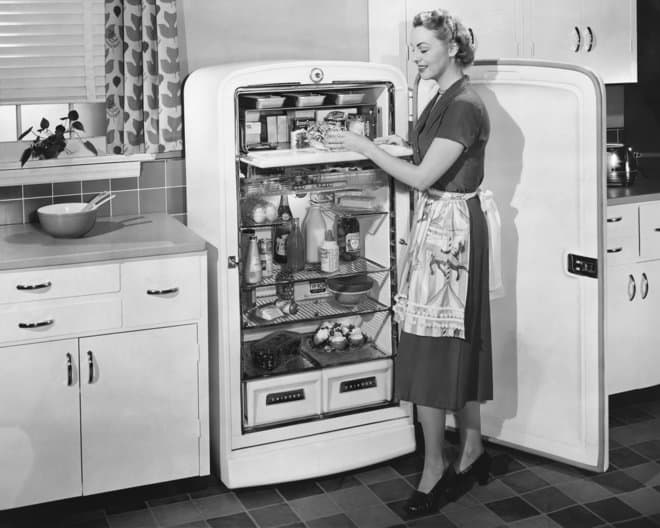Can you imagine not grabbing some ice out of the fridge during the summer and drinking iced tea outside on a hot summer day, or did you ever wonder how people kept things cold and from spoiling, especially during the hot times of the year? How was Ice made before electricity?
Ice was made as far back as 400 BC in Persia in a structure called a yakhchāl, which created temperatures in the desert, making ice & storing it. Most Ices were harvested naturally worldwide, stored in various ways & used in the American Ice Box until the Refrigerator was developed in the early 1900s.
Remember that scene in the movie “Cast Away” with Tom Hanks when after he was rescued, what was the first thing his character in the movie asked for when he came home in the movie?
How Was Ice Made Before Electricity
The word Ice was actually mentioned in the Bible but was first created as far back as 400 BC. The practice requires an ingenious structure called a yakhchāl which was built and used as far back as 400 BC. The creation of yakhchāls (a Persian word – yakh meaning “ice” and chāl meaning “pit”), a structure that worked as a cooler, allowed the freezing of water to take place in the middle of the desert.
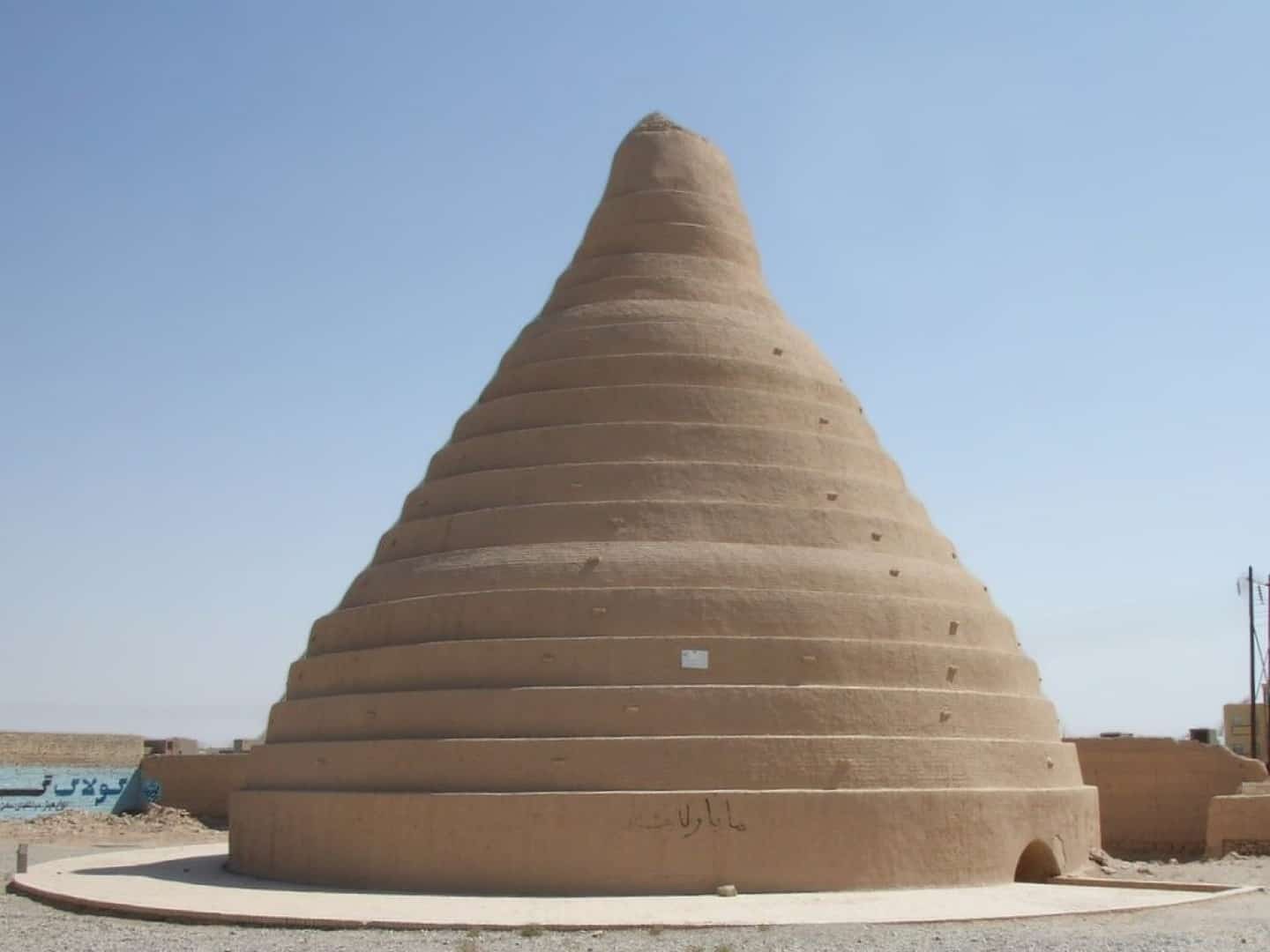 The Persians figured out how to build a structure using materials that could insulate the silo-shaped building. The Yakhchāls had a deep
The Persians figured out how to build a structure using materials that could insulate the silo-shaped building. The Yakhchāls had a deep 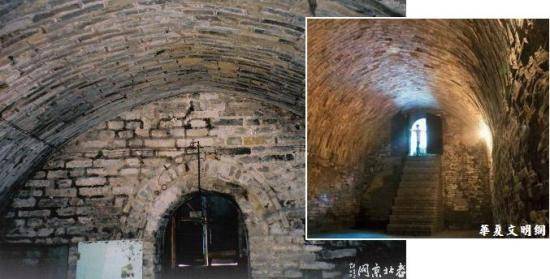 hole in the center of it that led to an even deeper underground storage area. It was used to store Ice that was naturally formed in the winter. They were also used to store food in the middle of the hot desert.
hole in the center of it that led to an even deeper underground storage area. It was used to store Ice that was naturally formed in the winter. They were also used to store food in the middle of the hot desert.
Using physics, the Persians figured out that once water is stored inside the yakhchāl, it’s able to freeze into ice because of the extremely low temperatures that the structure creates.
The hole in the center of the cone-shaped building allows cold air to enter and make its way all the way down to the subterranean bottom, where water is stored. The cone is also designed to make any hot air present inside the yakhchāl make its way out. from the bottom to the top.
Insulating material was used in the cone made from Sand, Clay, and Goats Hair. The solid structure was made impermeable to outside environmental conditions.
As far back as 700 BC, Ice was being naturally made much the same way as the Persians but stored differently. During the Tang(ac618–907) and Qing (1644–1912)Dynasty. After natural Ice was stored in these Ice Houses, the ice was put in these Copper fridges that kept fruit and wine in. The Copper boxes not only kept the food cold but also had small holes that let some cold air in the immediate area keeping a room cold too.

Ice Harvesting in American History
In 1805, two already wealthy brothers from Boston were at a family picnic, enjoying the rare luxuries of cold beverages and ice cream. One brother joked about how their cold refreshments would be the envy of all the colonists sweating in the West Indies.
The idea stuck with one of the brothers, his name being Federick Tudor, who later became known as The “Ice King” when 30 years later, he would ship nearly 12,000 tons of ice halfway around the globe from his home in Boston, Massachusetts.
It was at his family’s estate one winter that his brother mentioned that they should be harvesting ice from the pond, called Waldon Pond, located there and shipping it off to places like the West Indies where ice didn’t exist at all. It was there they planned the idea to commission a ship and laid out plans to ship their product to the French island of Martinique.
No ship at all would risk the trip and transport what they called the foolish cargo. So in 1806 on Feb. 5th, according to the Boston Gazzett, Frederick bought a ship for $5000.00 and reported, it was called “No joke”. “No joke. A vessel with a cargo of 80 tons of ice has cleared out from this port for Martinique. We hope that this does not prove to be slippery speculation” Frederick proclaimed before setting sail.
When they arrived in the West Indies, the blocks of ice that were in pretty good shape were of no interest to anyone there, even after they explained to the Islanders could use the blocks of ice. Even though his brother and partner quit the venture, the following year, Frederick came up with more money and put together another trip to the same Islands the next year. A trade embargo happened with the West Indies and left Frederick nearly bankrupt.
The History of Public Ice Harvesting
In 1810 the Ice Business finally turned a profit, but then came to a War and more hardships that nearly destroyed Frederick and his family. During the next decade, Frederick obsessed with more ideas trying to convince people of all the new ideas that would convince them why they needed Ice.
The truth was that people didn’t understand why they needed it until Tudor convinced them they did. Once they tried Ice, they couldn’t live without it. This was his plan. He created a real demand for his product in Savannah, Charleston, New Orleans, and even Havana, but he still needed to refine his operation.
Tudor’s foreman, Nathaniel Wyeth, was an innovator who became his foreman in 1826. Using the horse-drawn plow to cut the ice into large grids, Wyeth invented a much faster harvesting method. He also put an assembly process into place, which would be the kickstart for the new ideas needed by the new company. Wyeth came up with ingenious methods that would improve the whole Industry.
Tudor, called “The Ice King,” along with his innovative Foreman, Wyeth, shipped 180 tons of Ice halfway around the world to British Colonialists in Calcutta, India. The venture was extremely successful, even opening up trade routes from Boston seaports to India. By the mid-1980s, most of the Ice being delivered to US cities was coming from Tudor’s operation in Boston.
By the 1860s, anywhere people had access to ice in winter, year-round businesses sprouted up north of Boston to Main, and workers had places to work thanks to American Ice Harvesting. Jefferson to Franklin had their hand in Ice Harvesting.
Ice was cut ice from lakes using hand saws. Ice Cutting and Ice harvesting were part of American history before the science of electricity.
They had private supplies of ice blocks for their own Ice Houses with supplies of butter and milk. Those who could afford this wonderful luxury often learned themselves and created their own supply. One well-known Harvest was in Philadelphia every year.
Competitions were held every year after the end of the American Revolution people started to return to the Northeast area but had no work. The new Industry changed the way people ate.
It was Federick Tudor who suggested Ice in drinks. Men would be given resources and commissioned to go to travel to the Arctic to chip huge pieces of icebergs and ship them home to satisfy their needs back home.
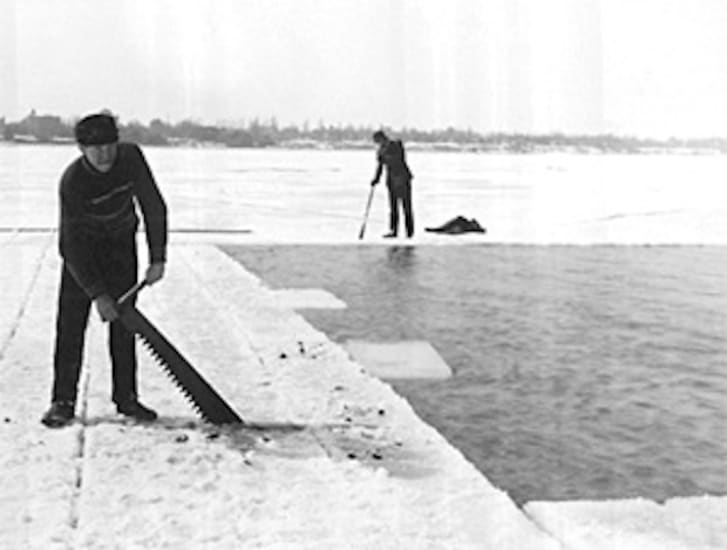
The flavors from preserving meats and poultry were noticeably fresher than those from canning and salting. The Ice Business boomed, and so did the inventors who strived to find a way to create the ice, so they didn’t have to chase it down or preserve it for long periods of time.
At the turn of the 20th century, nearly every family, grocer, and barkeep in America had an icebox. But right before 1940, America came up with the technology that would end the Ice Harvesting Industry was developed by “The Ice King,” called electric freezers and refrigerators.
By the 1920s, households purchased Ice Boxes lined with zinc or lead to preserve their foods. There were magical, icy cold drinks, cookies, cakes, and pies. The Iceman was a staple in American Cities and Towns.
He drove a horse-drawn wagon and drove through neighborhoods delivering blocks of Ice that were made by cutting them into squares to fit the Ice Boxes.
He would use special tools that were developed just for this type of work. He used ice hooks to haul the blocks from the wagon to the customer’s house and into the Ice Box or what was called Cold Closets. The Cold Closets became unique pieces of furniture and part of the necessary tools used in life.
How Ice Was Made
How to Harvest Ice
Step 1: First, scrape the snow off the ice; it should be six to thirty inches (however, to transport, it needs to be at least eight inches). 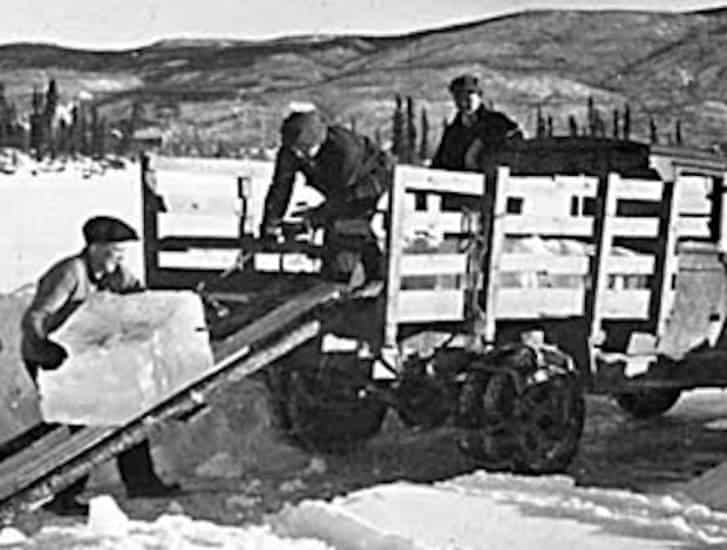
Step 2: Measure grids on the ice and bring horses along to help with the measurements.
Step 3: The next step was to cut ice through the grooves on the grid until the blocks broke off and floated down the cleared channel to the chute, where they were hauled up and into the ice house.
Step 4: Men used breaking off bars and one-handed crosscuts on the ice, which they gloated or poled down like a raft to the ice house.
Step 5: Each ice block was moved up the chute with hooks to various levels as the ice house filled with layers of ice separated and surrounded by layers of sawdust supplied by lumber mills as an insulator.
By the late 1890s, even the poorest houses owned an Ice Box.
Who Made the Refrigerator
In 1802 the first wooden ice box was Patented as a Refrigerator by Thomas Moore, a farmer, writer, inventor, surveyor, engineer, and entrepreneur from Brookeville, Maryland. An actual refrigerator is a popular household appliance that consists of a thermally insulated compartment and a heat pump that transfers heat from the inside of the fridge to its external environment so that the inside of the fridge is cooled to a temperature below the ambient temperature of the room.
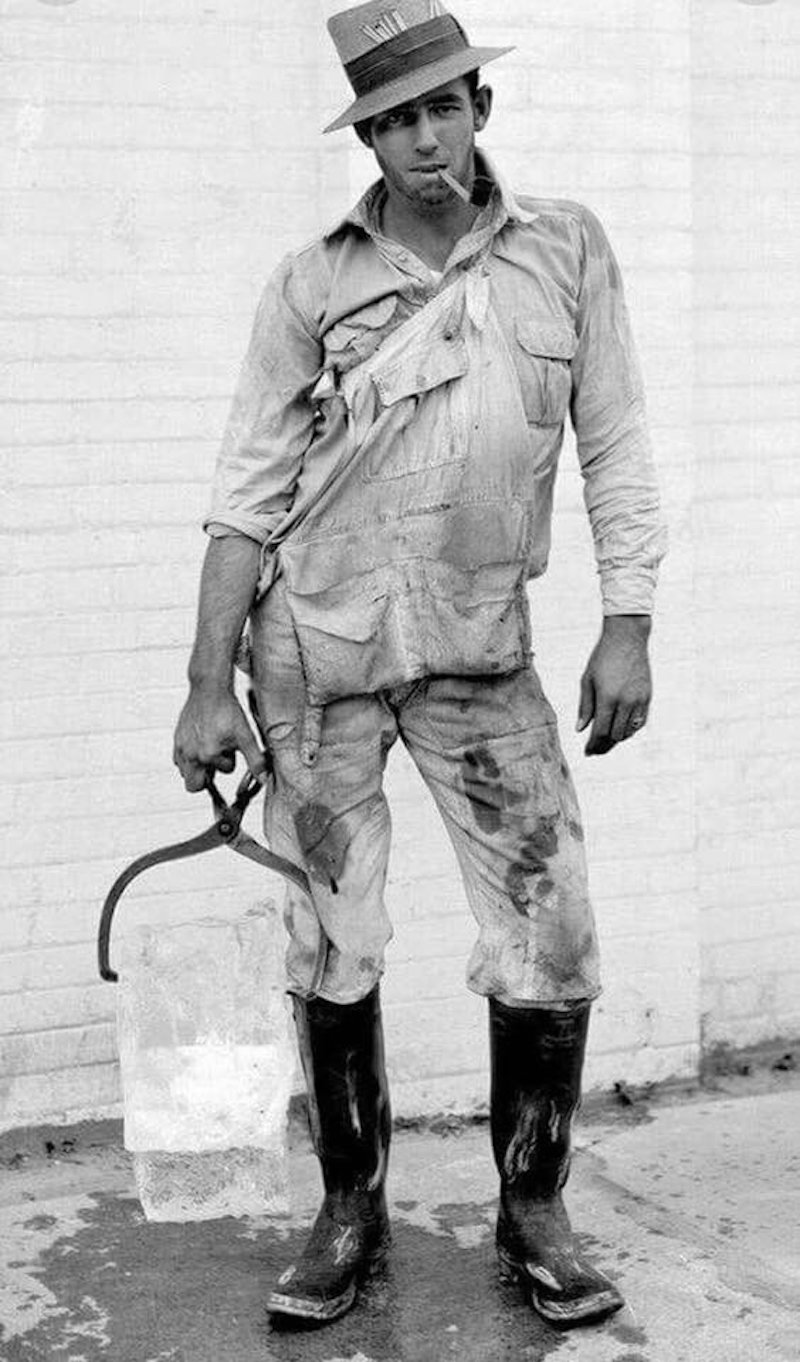
A refrigerator maintains a temperature a few degrees above the freezing point of water. A similar device that maintains a temperature below the freezing point of water is called a freezer. The refrigerator replaced the icebox, which had been a common household appliance for almost a century and a half. For this reason, a refrigerator is sometimes referred to as an icebox in American usage to this day.
In my house growing up, a refrigerator was called an Ice Box. How about you?
Refrigeration is the process of creating cooling conditions by removing heat. It is mostly used to preserve food and other perishable items, preventing foodborne illnesses. It works because bacteria growth is slowed at created by lower temperatures.
Methods for preserving food by cooling have been around for thousands of years, but the modern refrigerator is a recent invention. Today, the demand for refrigeration and air conditioning represents almost 20 percent of energy consumption worldwide, according to researchers.
The concept of mechanical refrigeration began when William Cullen, a Scottish doctor, observed that evaporation had a cooling effect in the 1720s. He demonstrated his ideas in 1748 by evaporating ethyl ether in a vacuum, according to Peak Mechanical Partnership, a plumbing, and heating company based in Saskatoon, Saskatchewan.
Oliver Evans, an American inventor, designed but did not build the refrigeration machine that used vapor instead of liquid in 1805. In 1820, English scientist Michael Faraday used liquefied ammonia to cause cooling.
John Gorrie, an American doctor, also built a machine similar to Evans’ design in 1842. Gorrie used his refrigerator, which created ice, to cool down patients with yellow fever in a Florida hospital. Gorrie received the first U.S. patent for his method of artificially creating ice in 1851.
Ferdinand Carré, a French engineer, developed a refrigerator that used a mixture containing ammonia and water in 1859.
Carl von Linde, a German scientist, invented a portable compressor in the refrigeration machine using methyl ether in 1873, and in 1876 switched to ammonia. In 1894, Linde also developed new methods for liquefying large amounts of air.
Albert T. Marshall, an American inventor, patented the first mechanical refrigerator in 1899.
Renowned physicist Albert Einstein patented a refrigerator in 1930 with the idea of creating an environmentally friendly refrigerator with no moving parts and did not rely on electricity.
 The popularity of refrigerators was especially popular in Industries like the Meat Packing Industry. By 1920 all the Industries used Refrigeration in their plants. The Brewery Industry was like the first one in New York, where the first refrigerator was operated at a brewery in Brooklyn, New York, in 1870.
The popularity of refrigerators was especially popular in Industries like the Meat Packing Industry. By 1920 all the Industries used Refrigeration in their plants. The Brewery Industry was like the first one in New York, where the first refrigerator was operated at a brewery in Brooklyn, New York, in 1870.
By the turn of the century, nearly all breweries had a refrigerator. Refrigerators were considered essential in homes by the 1920s, according to History magazine, and more than 90 percent of public American homes had a refrigerator.
Today, the Ice industry pulls in $2.5 billion a year, but it’s not as dominant as it used to be. Most of the business is from pre-packaged, direct-to-consumer ice, the stuff you buy for your beer cooler.
The next time you have a cold cooler filled with Beer and Soda, remember Frederick Tudor the guy who convinced the world that they needed Ice from Waldon Pond in Boston from a ship called “No Joke”
Innovation in Ice Harvesting and the Rise of Radio for Communication
The innovation in ice harvesting techniques during the 19th century revolutionized the storage and transportation of perishable goods, particularly in regions with warmer climates. This advancement allowed for the establishment of ice houses and the widespread distribution of ice for domestic and commercial use, transforming the food preservation industry.
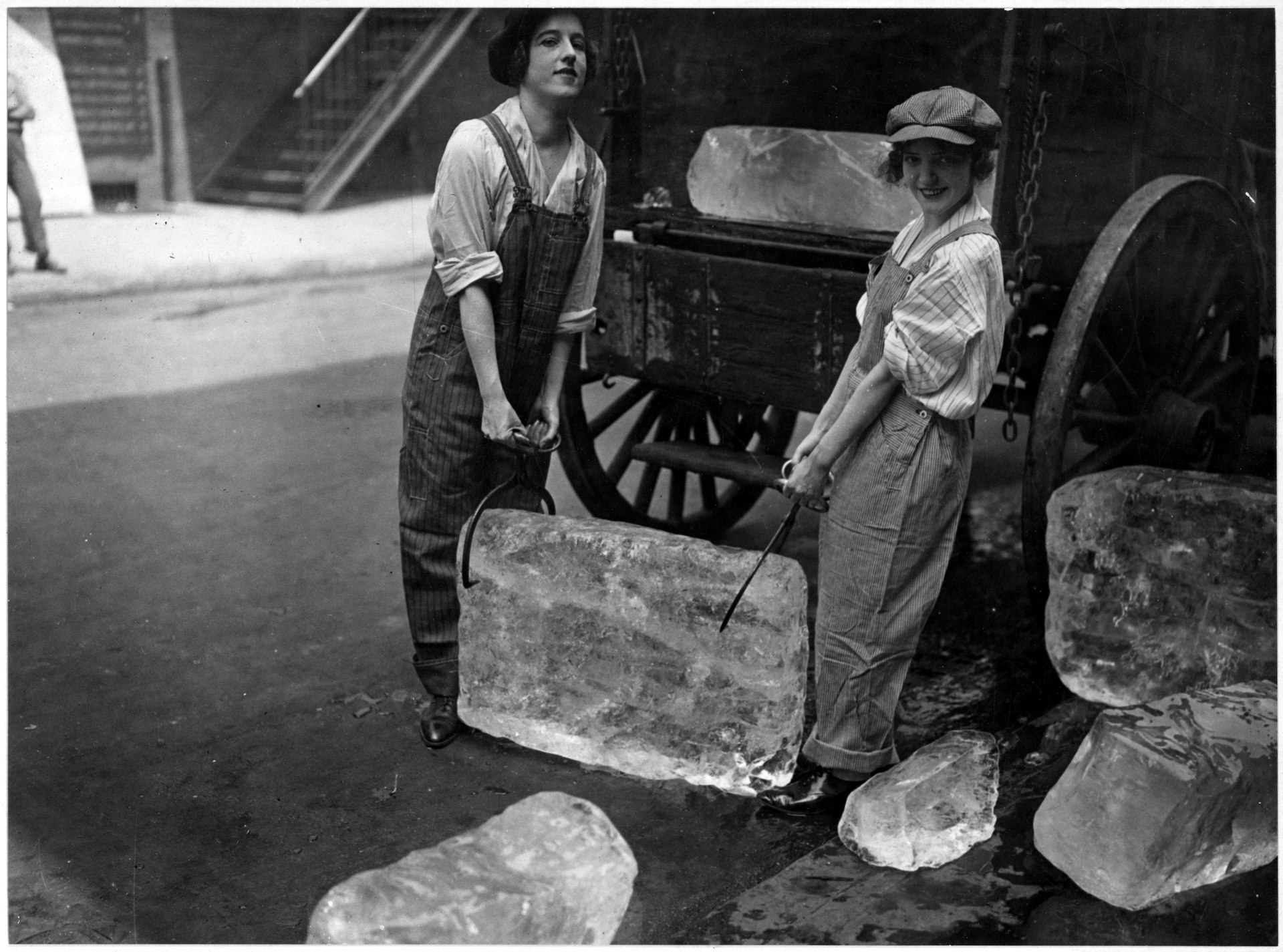
Concurrently, the rise of radio technology in the early 20th century revolutionized communication, enabling rapid transmission of information across vast distances. Radio’s impact was profound, facilitating real-time communication for industries such as maritime transport, military operations, and emergency services. Together, these innovations reshaped both the way we preserve perishable goods and the way we connect with each other globally.
As we unveil the evolution of preserving perishable food before the electric era, we dive deep into the art of making ice without electricity. The preservation of meats and poultry possessed noticeably fresher flavors compared to canning and salting. This phenomenon triggered the explosion of the Ice Business, as inventors continuously sought innovative methods of creating ice without having the need for long-term preservation.
At the brink of the 20th century, the refrigerator, then known as the icebox, was a household staple in America, with nearly every family, grocer, and barkeep owning one. However, the Ice Harvesting Industry saw its demise as electric freezers and refrigerators emerged around 1940, a technological advance spearheaded by The Ice King.
In the 1920s, households turned to Ice Boxes lined with zinc or lead to preserve their foods. The Iceman became a household name in America as he paraded through neighborhoods on a horse-drawn wagon, delivering ice blocks meticulously cut into squares to fit the Ice Boxes.
The invention of the first wooden ice box, patented as a refrigerator in 1802 by Thomas Moore, marked a significant milestone in food preservation. Moore stands out as a remarkable farmer, writer, inventor, surveyor, engineer, and entrepreneur from Brookeville, Maryland.
A modern refrigerator consists of a thermally insulated compartment and a heat pump proficient in transferring heat from its interior to the external environment, effectively cooling its contents to a temperature below the ambient room temperature. The birth of the refrigerator marked the end of the icebox era as this new appliance maintained a temperature just above the water’s freezing point. Yet, some Americans to this day still refer to their refrigerator as the icebox, a testament to the legacy of the former household staple.
Refrigeration, a process used for preserving food and other perishable items by removing heat to slow the bacterial growth rate, has been a technique for millennia, but modern refrigerators have been a recent innovation. The current global demand for refrigeration and air conditioning accounts for almost 20 percent of energy consumption worldwide.
The journey of mechanical refrigeration began in the 1720s with William Cullen, a Scottish doctor. His cooling concept by evaporation was demonstrated in 1748 by evaporating ethyl ether in a vacuum. The likes of Oliver Evans, John Gorrie, Ferdinand Carr, and Carl von Linde all contributed to the development of the refrigerating machine, employing techniques using various substances.
Albert T. Marshall patented the first mechanical refrigerator in 1899, followed by renowned physicist Albert Einstein in 1930. Einstein envisioned an environmentally friendly refrigerator with no moving parts, independent of electricity. These remarkable inventions marked the progress of refrigeration over the centuries, significantly improving how we preserve our foods even today.
The Ice industry today, while drawing in an impressive annual revenue of $2.5 billion, does not command the same level of dominance as in the past. The majority of its business today comes predominantly from pre-packaged, direct-to-consumer ice. This is the kind of ice that you would typically stock up on for your personal beer cooler.
Returning to this modern setting from the lens of history, it is interesting to remember Frederick Tudor, the visionary who sold the world on the need for ice. The next time you open a frosty beer cooler filled with chilled beverages, spare a thought for this man who brought ice from Waldon Pond in Boston, via a ship aptly named No Joke His vision might seem commonplace to us now, but during his era, it was a radical, transformative idea.
How Does a Catholic Priest Make Holy Water
Learn about many different Water subjects like this one here on MyWaterEarth&Sky-Holy Water is always there in the church and available by a Catholic priest for ceremonies or special blessings, but not too many people even Catholics know where it comes from…………………………………………………..… Continue reading

References:
The story of ice before home freezers – The ice harvest
Mankato Life-Ice Cold History – The Era of the Ice-Harvesting Industry
FAQ’s
